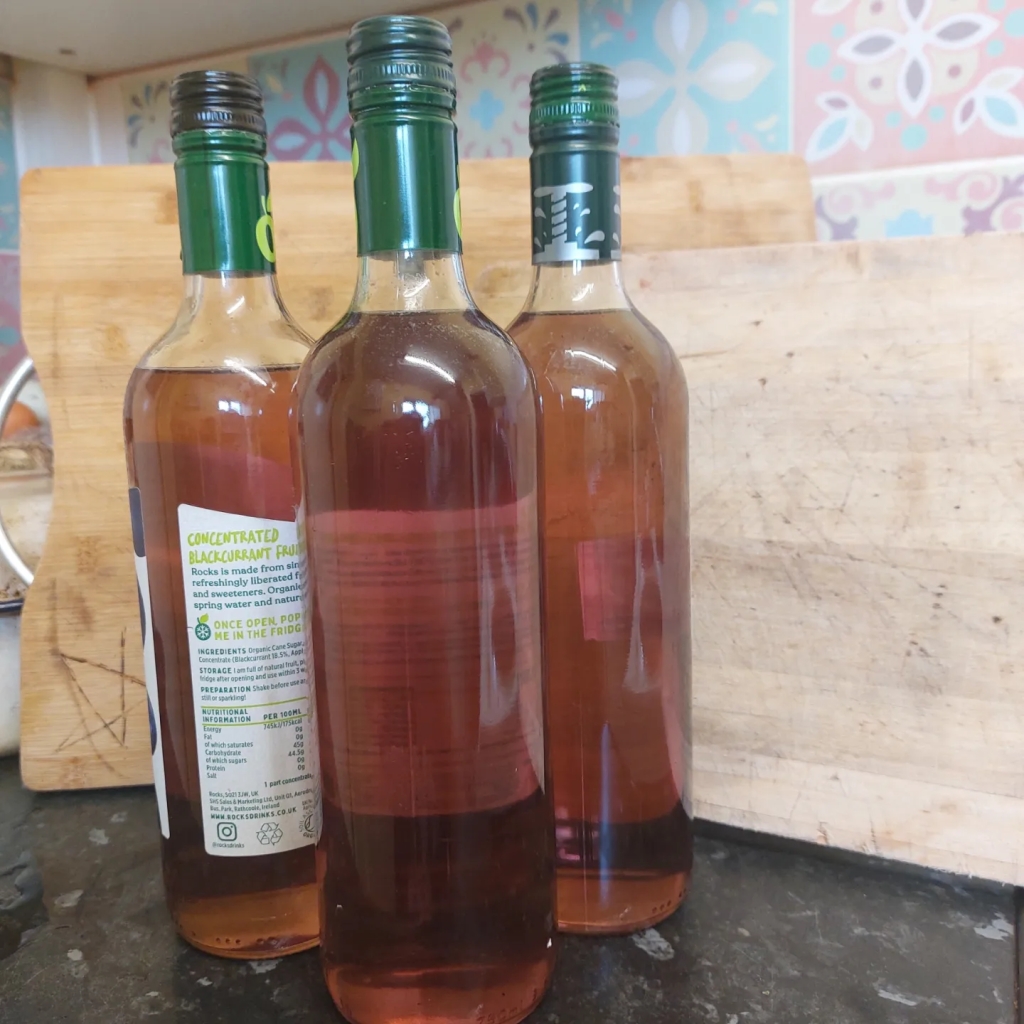
Those who have followed my blog for a while now will know that I am a keen forager with a taste for trying the more unusual or unknown.
Even experienced foragers can miss out on the almost transcendental bounties of the seemingly insubstantial things that are flowers.
They often appear in a flurry and then vanish as soon as they’re noticed, certainly before the foraging basket comes out.
Many of them are indeed insubstantial and are akin to eating small, crisp sheets of tissue with an occasional hit of nectar gracing the tongue.
Then there are some that are tougher than they seem and will hold up to a battering and should be made in to fritters (see this blog on Black Locust flowers).
While the flowering currant is a more substantial flower when taken as a full raceme, they also offer us a good amount of aromatics, meaning that they make a good syrup or cordial too.

Ribes sanguineum, originates in the western States of North America but has found a home in a number of countries across the globe.
Introduced to Britain by David Douglas in the form of seeds sent back from the US in 1826 this plant has been a long valued beauty in early spring. It’s often found as a stalwart of aging council municipal planting schemes, yet, here in the UK, it doesn’t set nearly as much fruit as it’s relatives the black and red currant, unless in particularly favourable conditions.
This isn’t a bad thing here as the fruit are a touch insipid… and can lead to rampant invasion in some areas (it’s classed as a weed in New Zealand for example).
To make the most of fragrant flowers I like to make cordials or wines.
How to:
Here I gathered around 45 racemes from a willing specimen and, as a thank you, I struck 6 or 7 cuttings from it and placed them in the soil of a clearing near by; they root easily and will grow well unless hit by misfortune.
In hindsight I should probably have doubled gentle number of flowers picked as the syrup is only mildly perfumed despite the strong floral scent.

In well drained, drier soils the flowers can be incredibly pungent, so assess where you’re gathering your flowers from and how strong they are/ how strong you want the final taste to be.
The 45 racemes were popped in the bottom of a lidded pan and covered with 2 litres of piping hot (not quite boiling) water. They were left there, in the lidded pan for around 15 hours. The lid helps trap condensation which migh otherwise carry away the aromatic oils that give the flowers their characteristic scent.
The mixture was then strained of the flowers before being heated to a gentle simmer on the stove top. Then taken off the heat and an equal weight of sugar added to the amount of water (1ml of water weighs 1 gram).
It is possible to make a low sugar version of this using half or even a quarter of the amount of sugar I used, but my way makes a full syrup that should store for a long time, even out of the fridge. Less sugar would mean a shorter shelf life and possibly an accidental wine.
While the liquid reached simmering point I cleaned out four 750ml bottles and dug out a funnel.
Once bottled up it should now last for as long as we need it to and, could be added to more liquid and other flavours to ferment in to something alcoholic.
Let me know if you give this a try, and especially if you do it differently to me
To keep up to date with my crafting and foraging follow me on Instagram.

